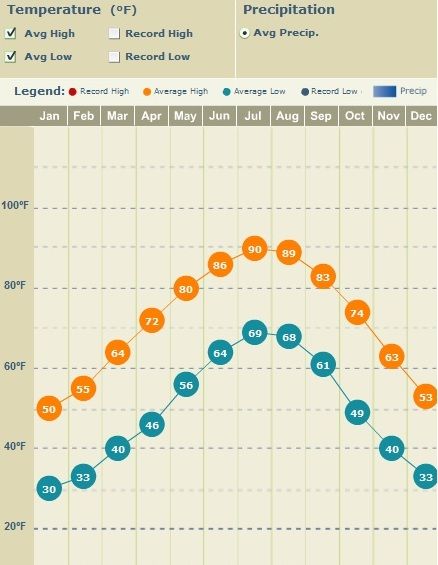












Bob Dobbs wrote:Try a heating pad, peppers like 80-85 degrees F to germinate.



















Aren't tomatoes and cucumbers tropical plants as well? Why are peppers so much harder to sprout?









Leila Rich wrote:Aside from the picky temperature thing, are you confident that you gave them enough time to germinate? Chillies can take ages.
Off topic, but unless you did some fancy fiddling, it's quite likely the cayenne and jalapeno crossed, as they're both C. Annum




"We're all just walking each other home." -Ram Dass
"Be a lamp, or a lifeboat, or a ladder."-Rumi
"It's all one song!" -Neil Young




Judith Browning wrote:I'm not getting a clear picture of how you grew them the first time?




"We're all just walking each other home." -Ram Dass
"Be a lamp, or a lifeboat, or a ladder."-Rumi
"It's all one song!" -Neil Young










"We're all just walking each other home." -Ram Dass
"Be a lamp, or a lifeboat, or a ladder."-Rumi
"It's all one song!" -Neil Young








Randy Fisher wrote:The only other variable would be the moon. Do you subscribe to that line of thinking?
 I would like to think it was the dirt because I like speaking out against bagged dirt and soil with synthetic fertilizers added and compost that can contain municipal sewer sludge, My homemade potting mix is sifted compost and or leaf mold and sand...a little heavy but works good for me.
I would like to think it was the dirt because I like speaking out against bagged dirt and soil with synthetic fertilizers added and compost that can contain municipal sewer sludge, My homemade potting mix is sifted compost and or leaf mold and sand...a little heavy but works good for me."We're all just walking each other home." -Ram Dass
"Be a lamp, or a lifeboat, or a ladder."-Rumi
"It's all one song!" -Neil Young




Iterations are fine, we don't have to be perfect
My 2nd Location:Florida HardinessZone:10 AHS:10 GDD:8500 Rainfall:2in/mth winter, 8in/mth summer, Soil:Sand pH8 Flat





|
I once met a man from Nantucket. He had a tiny ad
Freaky Cheap Heat - 2 hour movie - HD streaming
https://permies.com/wiki/238453/Freaky-Cheap-Heat-hour-movie
|


